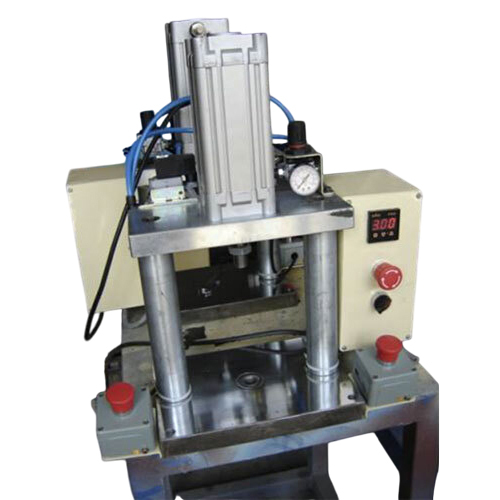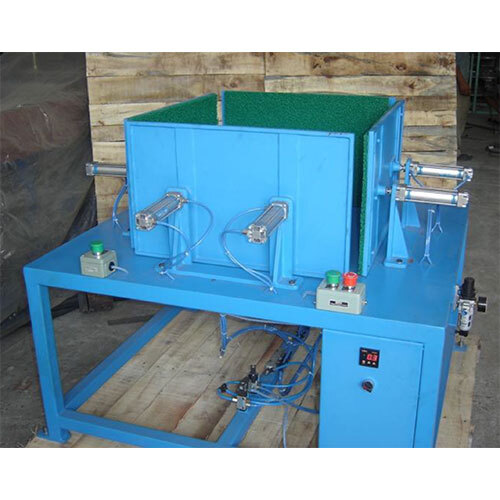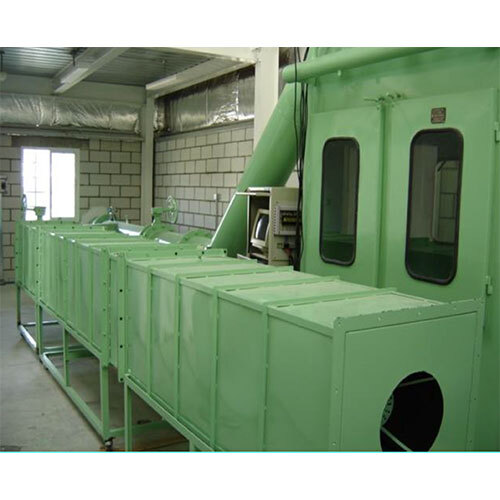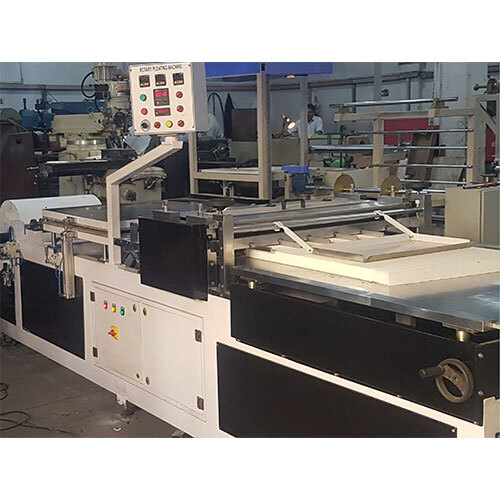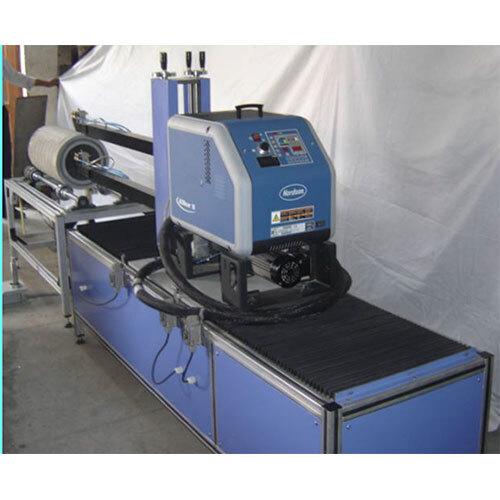PNEUMATIC PRESS
270000 INR/Piece
Product Details:
- Control System Semi-Automatic
- Voltage 220 Volt (v)
- Power Source Electricity
- Operating Type Automatic
- Surface Treatment Painted
- Color Silver
- Warranty 12 Months
- Click to View more
X
PNEUMATIC PRESS Price And Quantity
- 1 Piece
- 270000 INR/Piece
PNEUMATIC PRESS Product Specifications
- Industrial
- Painted
- 12 Months
- Silver
- 220 Volt (v)
- Automatic
- Semi-Automatic
- Electricity
PNEUMATIC PRESS Trade Information
- GURUGRAM
- 2-3 Piece Per Day
- 1 Days
- Contact us for information regarding our sample policy
Product Description
Tell us about your requirement

Price:
Quantity
Select Unit
- 50
- 100
- 200
- 250
- 500
- 1000+
Additional detail
Mobile number
Email

 English
English Spanish
Spanish French
French German
German Italian
Italian Chinese (Simplified)
Chinese (Simplified) Japanese
Japanese Korean
Korean Arabic
Arabic Portuguese
Portuguese
